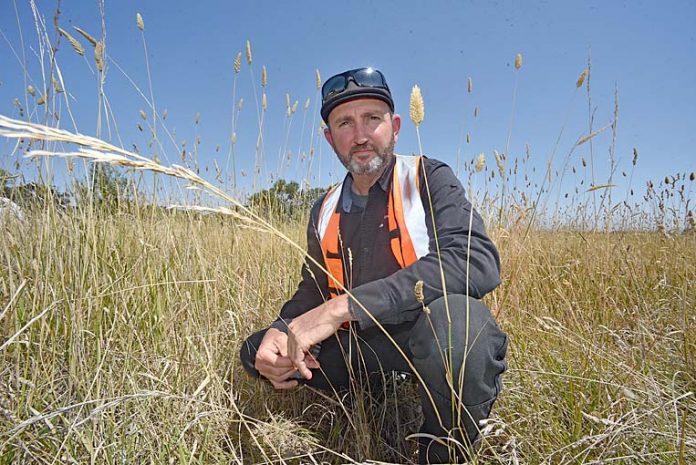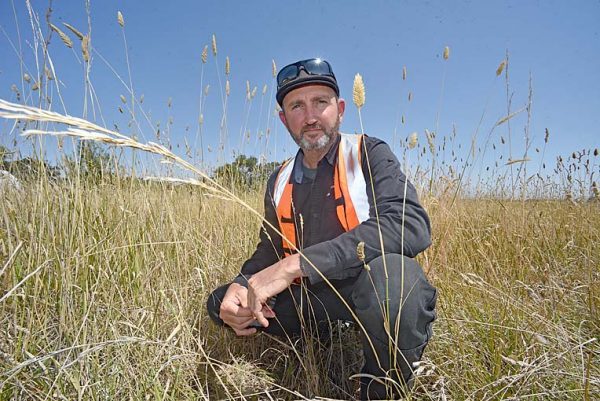

Picture: SANDRA MORELLO
GRANT district elected members have mooted the need for greater fuel hazard reduction activities across its area given the bushfire risk to the community.
During recent discussions in the chamber, a number of councillors threw their support behind exploring cold-burning options to reduce high fuel loads.
Given the unprecedented fire disaster that has swept across Australia, it is believed high fuel loads in some areas of the district have sparked some concerns among landholders.
The discussion in the chamber comes as the Federal Government announces a royal commission into the nation’s “black summer”.
It is understood the royal commission will canvass hazard reduction burning.
While elected members did not make any direct decisions, they signalled the need to challenge the status quo and encourage collaboration with other councils, government agencies and fire authorities.
Mayor Richard Sage suggested council should hold a meeting with Country Fire Service to explore avenues to reduce fuel loads.
He said there were new technologies and various ways to “protect ratepayers”.
Adding to the discussion, Cr Brad Mann said Western Victoria undertook cold-burning and it was something that could be explored in the Grant district.
This sentiment was also expressed by fellow elected members.
“We seriously need to have a look at cold-burning,” said Cr Shirley Little, who has been calling for a greater focus on fuel hazard reduction for some years given the potential fire threat to the Tarpeena district.
Works manager Adrian Schutz said roadside slashing was a massive task for the local government body given the council’s expansive road network.
He said council could explore additional methods to reduce fuel loads such as purchasing different equipment or cold burning over April, May and June to reduce fuel loads.
The council employee said ratepayers were nervous given the fire events that had unfolded across Australia.
Mr Schutz said cold burning could be one option before conditions became too wet.
“Let’s see what we are allowed to do,” he said.
He said roadside slashing was a major fuel reduction activity for council, but it was often difficult to get off road in some areas to cut grass.
“But I am not saying it should not happen, but it is the practicality with the machine,” Mr Schutz said.
According to a council report, maintaining roadsides was a shared responsibility with the transport department.
“Department of Planning Transport and Infrastructure’s (DPTI) current practice is to slash and maintain roadside vegetation from the edge of the road to the guideposts,” the report said.
“Council’s current roadside slashing program is undertaken on council roads in the district and is carried out annually to reduce fire fuel loads and manage potential fire hazards during the fire danger period.”
In regards specifically to DPTI roads, council is not currently engaged in a road maintenance program to slash or maintain the area from the guideposts to the property boundary and do not have the resources to undertake this additional workload.





